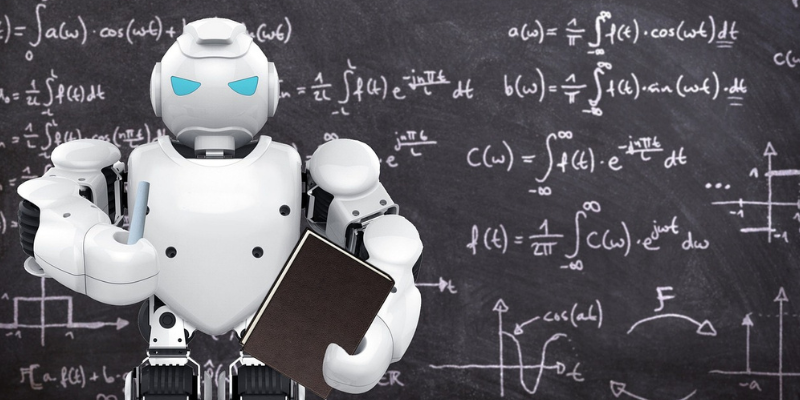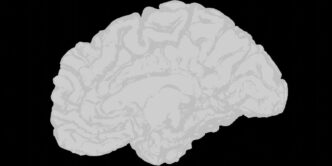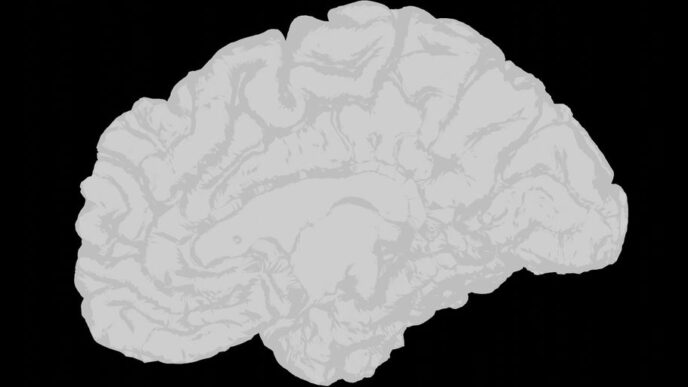The world of physical education is constantly evolving with new technologies and tools to help individuals achieve their fitness goals. With the rise of artificial intelligence (AI), wearables and virtual reality (VR) have become game-changers in exercise routines, providing innovative ways to track progress, enhance performance, and improve overall well-being. In this blog post, we’ll explore some of the latest AI-powered tools available for physical education that are transforming how we approach fitness. Get ready to be amazed!
Introduction to Artificial Intelligence in Physical Education
In recent years, there has been a growing interest in the use of artificial intelligence (AI) in physical education. AI can be used to create virtual reality (VR) environments for students to interact with, as well as to monitor and track student performance.
VR is a powerful tool that can immerse students in realistic scenarios and help them learn new skills. For example, VR can be used to teach students how to properly swing a golf club or hit a tennis ball. AI can also be used to track student progress and provide feedback. For instance, AI-powered sensors can be used to track the number of times a student hits a target during archery practice.
The use of AI in physical education is still in its early stages, but the potential applications are numerous. As AI technology continues to develop, it is likely that more and more physical education teachers will begin using AI tools in their classrooms.
Wearable Technology for Fitness Monitoring
Wearable technology has come a long way in recent years, and there are now a number of devices on the market that are designed specifically for fitness monitoring. These devices can track your heart rate, steps taken, and calories burned, as well as provide you with real-time feedback on your progress.
There are a number of different wearable devices to choose from, so it’s important to find one that fits your needs and budget. If you’re simply looking for a way to track your steps and calories burned, a basic fitness tracker like the Fitbit Flex 2 or the Garmin Vivosmart 3 will do the job nicely. However, if you’re looking for more detailed data and feedback on your workouts, you’ll need to invest in a more advanced device like the Apple Watch Series 3 or the Samsung Gear S3.
No matter which device you choose, make sure to take advantage of all the features it has to offer. For example, many fitness trackers now come with built-in heart rate monitors that can provide you with valuable data on how hard you’re working during your workouts. And if you’re using an Android phone, there are a number of apps that can be used in conjunction with your wearable device to give you even more information about your progress.
Virtual Reality Training and Games
Virtual reality (VR) offers a unique and immersive way to learn new physical skills and practice existing ones. VR training and games can provide a realistic, hands-on experience that can help people of all ages and abilities to improve their coordination, balance, and stamina.
There are a growing number of VR applications available for physical education, ranging from simple games to more complex training simulations. Many of these apps are designed to be used with popular VR headsets such as the Oculus Rift or HTC Vive.
Some of the most popular VR apps for physical education include:
Beat Saber: A VR rhythm game where players use lightsabers to slash through incoming musical beats. This is a great workout for the arms and upper body.
Audioshield: A VR music game that allows players to “block” incoming musical notes with shields. This is a great cardio workout as it gets the heart pumping while also requiring quick reflexes.
Holopoint: A fast-paced archery game that takes place in a medieval castle. Players must use their quick reflexes and hand-eye coordination to hit targets that appear at random locations. This is a great workout for the arms, shoulders, and core muscles.
AI Tools for Performance Tracking and Improvement
There are a number of AI tools available that can be used for performance tracking and improvement in physical education. Some of these include:
-Wearable devices that track various fitness metrics such as heart rate, steps taken, and calories burned.
-Virtual reality applications that provide immersive environments for exercise and training.
-Applications that analyze data from wearables and other sources to provide feedback on performance and progress.
These tools can be used to help individuals better understand their own physical fitness and identify areas where they can improve. In addition, they can also be used by educators to track the progress of their students and ensure that everyone is meeting their fitness goals.
Benefits of AI in Physical Education
There are many benefits of using AI in physical education. AI can help improve student engagement and motivation, promote active and healthy lifestyles, and enhance learning outcomes.
Student engagement and motivation: Physical education is often viewed as a necessary but uninteresting part of the school day. However, by incorporating AI into physical education classes, students can be more engaged and motivated to participate. For example, fitness trackers can provide real-time feedback on students’ activity levels, heart rates, and calories burned. This information can help students set goals and see their progress over time, which can increase their motivation to be active.
Active and healthy lifestyles: AI can also promote active and healthy lifestyles outside of the classroom. For example, parents can use mobile apps to track their children’s physical activity levels and encourage them to be more active. Additionally, schools can use AI-powered systems to monitor students’ activity levels during recess and lunchtime, ensuring that they are getting enough exercise during the day.
Enhanced learning outcomes: AI can also be used to enhance learning outcomes in physical education. For example, some schools are using AI-powered robots to teach basic movement patterns and sports skills. These robots can provide individualized instruction based on each student’s abilities, which can help them learn new skills more effectively. Additionally, AI-based assessment tools can be used to track students’ progress and identify areas where they need improvement.
Possible Challenges of Using AI in Physical Education
As with any new technology, there are always potential challenges that come along with its implementation. When it comes to using AI in physical education, some of the possible challenges that could be faced include:
Ensuring data accuracy: One of the key challenges with using AI is ensuring that the data being collected is accurate. This is especially important in physical education, as small inaccuracies can lead to large errors in things like fitness tracking and calorie counting.
Incorporating AI into existing curriculum: Another challenge that could be faced is incorporating AI into existing physical education curriculum. This would require careful planning and execution in order to ensure that students are still receiving a well-rounded education.
Addressing privacy concerns: As AI collects more and more data, privacy concerns will become increasingly important. Physical education teachers will need to be aware of these concerns and take steps to address them accordingly.
Managing expectations: It’s important to manage expectations when using AI in physical education. While the technology has great potential, it’s important to remember that it’s still in its early stages and should be used as a supplement to existing methods, not a replacement for them.
Conclusion
The latest AI tools for physical education are enabling teachers and students to get the most out of their workouts. Wearables, virtual reality, and other technologies are providing real-time feedback that can help guide users in improving their performance. These advances are also making it easier for instructors to provide tailored instruction that is more engaging than ever before. All this adds up to an exciting future of AI-enhanced physical education that will offer new possibilities for people looking to stay fit and healthy.













